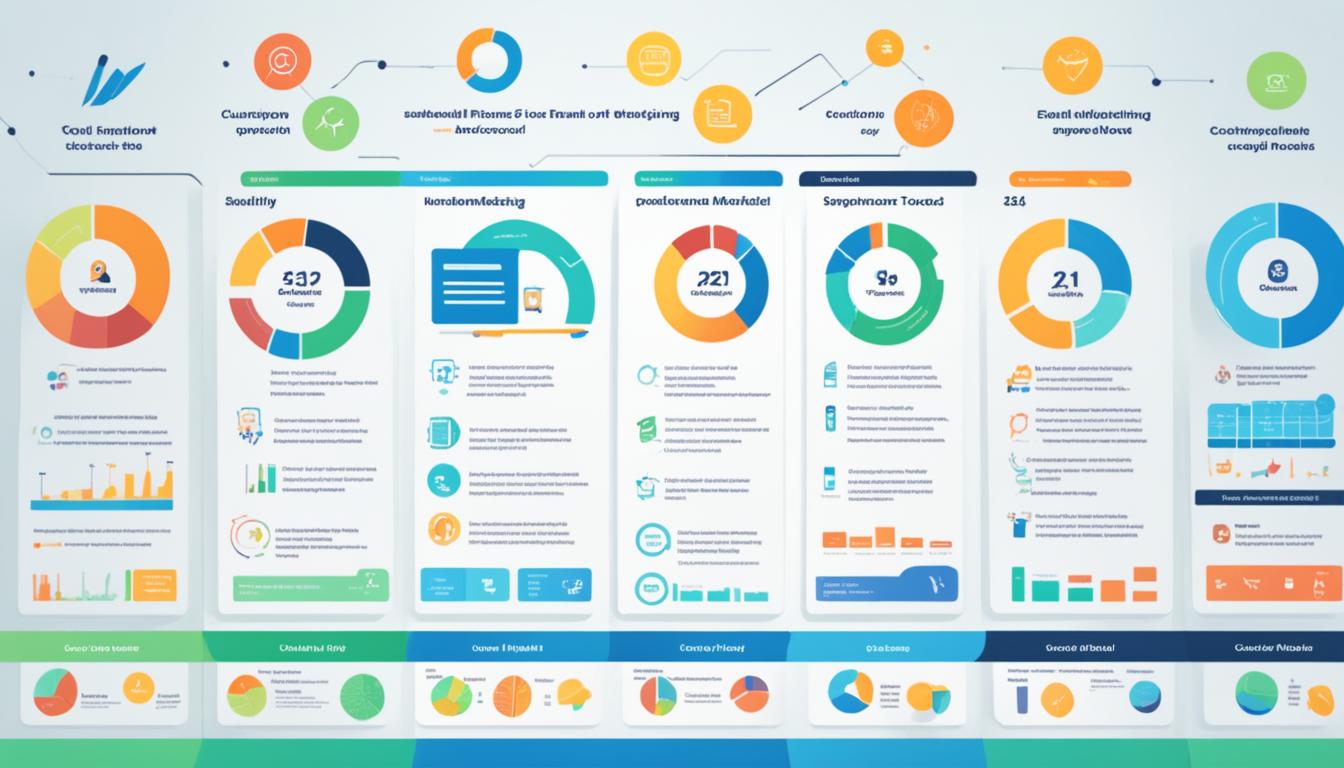Remember back before 2020 when you commuted and spent your day working in an office? Covid brought a lot of changes, and remote work is one of the most significant. It’s forecasted that 22% of Americans will be remote workers in 2025. It seems that remote work is here to stay.
Working remotely has its perks, but ensuring safety while doing so is a responsibility that can’t be overlooked. The key to success lies in cultivating a strong behavioral safety culture, even when your team is dispersed across different locations. Building a remote team culture focused on safety behaviors not only minimizes risks but also boosts morale and productivity.
Understanding Behavioral Safety
Emphasizing behavioral safety is crucial for maintaining a safe and productive work environment, especially in remote settings. By focusing on individual actions and attitudes, teams can reduce risks and promote a culture of continuous safety improvement.
Defining Behavioral Safety
Behavioral safety as explained by Protex AI involves observing and modifying actions to promote safety standards. You can think of it as an approach that focuses on the human side of safety practices. It’s about understanding how behaviors contribute to workplace hazards.
Instead of merely following rules, you’re encouraged to actively participate in creating a safer work environment. This requires consistent feedback and encouragement to reinforce positive actions and correct unsafe behaviors. By focusing on actions rather than just outcomes, you can significantly improve safety performance across the board.
Key Principles of Behavioral Safety
There are essential principles to consider in behavioral safety, such as observation, feedback, and reinforcement. Observing actions helps in identifying risky behaviors before they lead to incidents. Regular feedback enables you to understand what needs improvement and what should be encouraged.
Reinforcement plays a critical role in ensuring that safe behaviors are repeated. Providing positive reinforcement for adhering to safety norms can create a positive loop, making safety a continuous effort. Another key is active participation, meaning every team member is involved in the safety process. By engaging everyone, you can create a proactive environment where safety naturally becomes part of the culture.
Elements of a Strong Safety Culture
Building a robust safety culture for remote teams involves fostering trust, facilitating open communication, and ensuring ongoing learning. Each element is crucial for maintaining a safe and productive work environment.
Psychological Safety
Creating psychological safety means you feel comfortable expressing ideas and concerns without fear. Trust is fundamental, allowing you to interact openly. Encourage feedback and view mistakes as learning opportunities.
When you work without fear of judgment, innovation thrives. You’re more willing to collaborate and contribute unique ideas. Regular check-ins with team members can help address concerns, reinforcing a supportive environment.
A culture that values psychological safety leads to greater team cohesion. When every voice matters, you’re not only safer but also more engaged and committed.
Clear Communication Strategies
Effective communication is vital for safety in remote teams. Everyone should have clear guidelines on how information is shared and received. Use tools like chat platforms or video calls to ensure messages are clear and timely.
Clarity and consistency are key. You’re responsible for ensuring updates reach everyone, reducing misunderstandings. Regularly evaluate communication channels for effectiveness.
Establishing protocols, such as incident reporting procedures, ensures that safety issues are addressed quickly. This consistency helps you anticipate potential problems, enhancing your team’s overall efficiency and safety.
Regular Training & Education
Safety training shouldn’t be a one-time event. Ongoing education is vital to maintaining awareness and preparedness. Through targeted training sessions, you can stay updated on best practices and industry standards.
Resources like webinars, quizzes, or workshops help reinforce safety knowledge. You can engage more by using interactive content, keeping the learning process dynamic.
Investing in education improves your team’s readiness to handle safety challenges. It builds confidence and equips you with the tools necessary to promote a safe work environment continuously.
Strategies for Remote Teams
Creating a behavioral safety culture in remote teams involves developing trust, utilizing technology effectively, and adapting company policies to fit remote work environments. Each element plays a pivotal role in ensuring a cohesive and productive team dynamic.
Building Collaboration & Trust
Establishing trust is crucial for remote teams to thrive. Regular communication is key. Daily or weekly virtual meetings help maintain connections and provide a platform for team members to share ideas.
Encouraging open dialogue fosters a sense of belonging and respect. It’s important to recognize and celebrate achievements, no matter how small, to boost morale. Additionally, assigning team-based tasks can create opportunities for collaboration and strengthen team bonds.
Mentorship programs can also enhance trust. Pairing new team members with more experienced colleagues facilitates knowledge sharing and creates a supportive environment.
Leveraging Technology
The right technology can greatly enhance communication and productivity in remote teams. Collaboration tools like Microsoft Teams, Slack, or Zoom can keep everyone connected and engaged.
Project management software such as Trello or Asana can help track progress and assign tasks efficiently, ensuring everyone is aligned on goals. Utilize cloud storage solutions to make file sharing seamless and secure.
Embracing digital whiteboards and brainstorming tools can simulate an in-office environment, promoting creativity. Furthermore, regular training on new tools ensures that team members are comfortable and proficient, maximizing their potential.
Adapting Policies for Remote Work
Adapting your organization’s policies to support remote work is essential for success. Begin by clearly defining remote work expectations and guidelines.
Create policies that address working hours, productivity measures, and communication protocols. Consider introducing flexible work schedules to accommodate diverse lifestyles and time zones. This flexibility can significantly improve job satisfaction and work-life balance.
Implementing wellness programs can support team members’ mental health and wellbeing. Programs might include virtual workouts or meditation sessions, which can alleviate stress and foster a healthy work culture. Regular feedback loops allow employees to voice concerns or suggest improvements, ensuring policies stay relevant and effective.
Monitoring and Improving Safety Practices
Effective monitoring and enhancement of safety practices are crucial for remote teams. You’ll find that incorporating structured improvement processes and maintaining robust feedback mechanisms will significantly fortify your safety culture.
Continuous Improvement Process
To foster a culture focused on safety, establish a Continuous Improvement Process. Begin by setting clear safety goals that your team can work towards collectively. Encourage regular discussions about these goals, inviting everyone to propose innovative solutions to any challenges.
Create a tracking system to measure progress toward these goals. This could be a simple spreadsheet or a dedicated software tool. Regularly review these metrics to identify areas requiring attention and celebrate improvements and achievements. This transparency keeps safety practices top of mind and actively engages remote team members.
Feedback Loops and Safety Audits
Developing effective Feedback Loops is essential to identifying and addressing safety concerns quickly. Encourage your team to share insights from their unique experiences, creating an environment where everyone feels their input is valued. Implement frequent, structured feedback sessions using digital tools to facilitate communication across different locations.
Complement feedback loops with regular Safety Audits. Conduct these audits using checklists specific to your team’s tasks and environment. Analyzing audit results will highlight patterns or issues that need addressing, enabling your team to make data-driven decisions about safety improvements. This proactive approach ensures ongoing refinement of safety practices, enhancing your team’s overall security and productivity.
Securing the Future of Remote Work
By fostering a behavioral safety culture focused on open communication, trust, and continuous improvement, organizations can minimize risks while enhancing productivity and morale. From regular feedback and reinforcement to leveraging technology and adapting policies, building a remote safety culture is not only possible but essential. Ensuring psychological safety and maintaining ongoing education empowers teams to navigate remote work challenges confidently.
The future of remote work hinges on how well we integrate safety into our virtual spaces. With proactive strategies and a commitment to continuous improvement, remote teams can thrive, secure in the knowledge that safety is a shared responsibility—and a priority for everyone.







